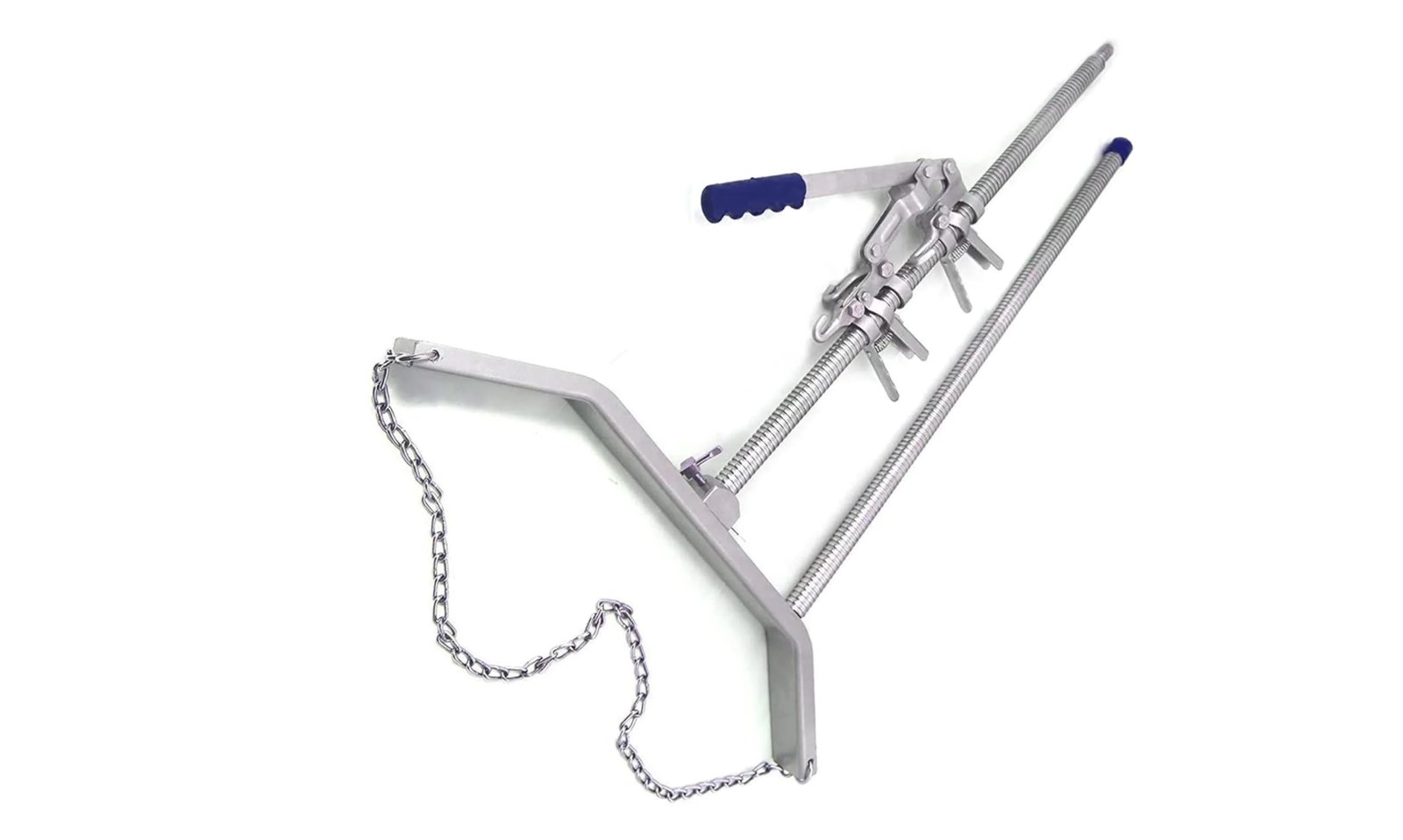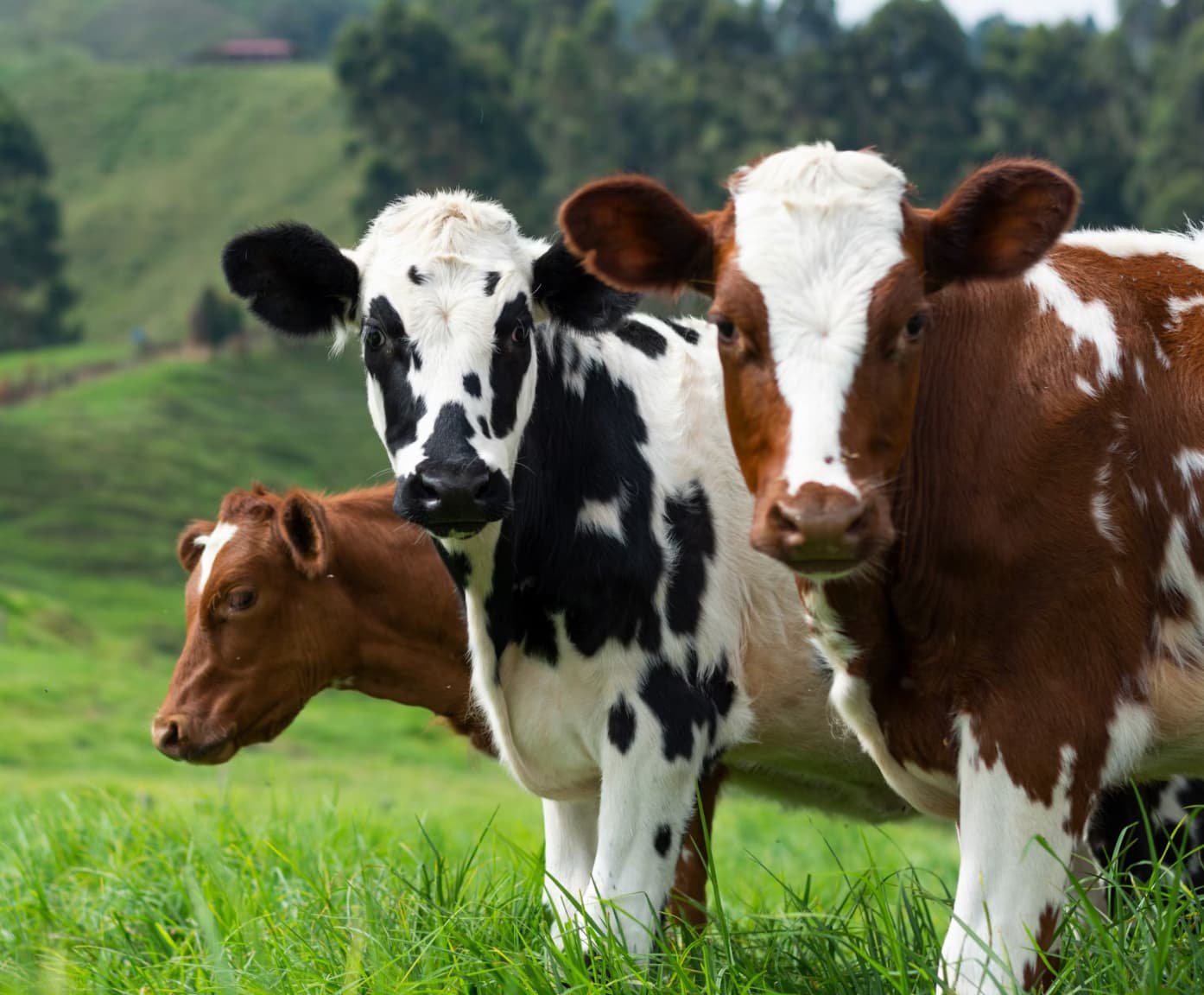TABLE OF CONTENTS
Fetal Extraction or Traction in Veterinary Obstetrics
Forced fetal extraction or traction is defined as the withdrawal of the fetus from the dam through the birth canal by means of the application of outside force or traction.
Indications
- When uterine inertia is present and the fetus does not engage in the birth canal to stimulate straining.
- Indicated after epidural anaesthesia has been administered and mutation has corrected the cause of dystocia.
- Used in cases of fetal oversize.
- Applicable in primiparous animals with a small birth canal.
- Used in posterior presentation of the fetus to hasten delivery and prevent fetal death due to umbilical cord compression between the fetal abdominal wall and the brim of the pelvis.
- Employed to save time or to avoid fetotomy or caesarean section when working conditions are extremely poor.
- Indicated in dystocia due to an emphysematous fetus.
- Often used as an aid during fetotomy operations.
Contraindication
Forced extraction is contraindicated in:
- Abnormal presentation (P1), position (P2), and posture (P3)
- Very narrow birth canal
- Secondary uterine inertia with contracting ring dystocia
- Improper or incomplete cervical dilation
- Animal affected with obturator paralysis
- Severe lacerations of the birth canal
Application of Traction Instruments to the Fetus
In anterior presentation, an obstetrical snare may be applied to the pasterns or above the knee or elbow. Many veterinarians prefer placing the loop of the obstetrical chain above the fetlock and around the pastern.
A snare may also be applied around the lower jaw and tightened firmly to ensure that it does not slip and fracture the dental plate during traction. However, excessive traction on the jaw should be avoided, as the jawbones are fragile and may fracture.
A head snare is commonly used for traction in the case of a dead fetus.
A loop of obstetrical chain is often passed around the poll, under the ears, and through the mouth in the manner of a “war bridle” to apply traction to the head. This causes the mouth to gape when traction is applied.
Using a blunt short hook or Krey’s hook attached to a loop or cord in the orbits, traction may also be applied to the head.
A long blunt hook may be used in cases of hip lock during anterior presentation.
In posterior presentation, traction may be applied to the fetal pastern, above the fetlock, or hock using snares in large animals.
Technique for Withdrawing the Fetus Through the Birth Canal
In anterior presentation of the fetus in uniparous animals, traction should be applied at three points: the two forelimbs and the head.
The direction of traction, and the path of the fetus as it passes through the birth canal, should follow an arc-shaped trajectory. Traction must be applied in a steady and even manner.
Jerky or irregular efforts should be avoided. In uniparous animals, traction can be facilitated by lubrication, especially if the fetus or birth canal is dry.
Alternating traction on one limb at a time is often helpful in withdrawing the fetus. Twisting the fetal body from side to side during traction can also aid in its delivery.
Under normal circumstances, the force of traction by two or three men does not cause harm and may be necessary.
Calf Puller (Fetal Extractor)
A calf puller, also known as a fetal extractor, is a mechanical device used to assist in difficult calvings where manual traction is insufficient. It consists of a rigid frame, a breech or rump chain, and a traction mechanism operated by a ratchet or winch.

It is designed to apply controlled, uniform traction in the correct direction, mimicking the natural birth arc. When used properly, it reduces the risk of injury to both the dam and the fetus compared to excessive manual force.
FAQs
What is fetal extraction in veterinary obstetrics?
Fetal extraction or traction in animals refers to the assisted delivery of a fetus through the birth canal using obstetrical instruments like chains, snares, or extractors, especially during dystocia.
When is traction used during animal birth?
Traction is used during animal birth when the dam is unable to deliver the fetus naturally due to conditions like uterine inertia, fetal oversize, or narrow birth canal. It helps assist delivery by applying controlled force using obstetrical instruments, especially after correcting fetal posture or position.
Is traction safe for the dam and fetus?
Traction is generally safe for the dam and fetus when applied correctly and under proper conditions. It should only be used after ensuring full cervical dilation, correct fetal positioning, and adequate lubrication.
What instruments are used for fetal traction?
Instruments commonly used for fetal traction in animals include obstetrical chains, snares, head snares, calf pullers (fetal extractors), and hooks like Krey’s hook or blunt hooks. These tools help apply controlled and safe force to assist in delivering the fetus during difficult births.
What are the risks of fetal traction?
Risks of fetal traction include injury to the dam’s birth canal, uterine rupture, or fractures in the fetus, especially if excessive force is applied or the fetus is not in the correct position. It must be done carefully and only when indicated.

